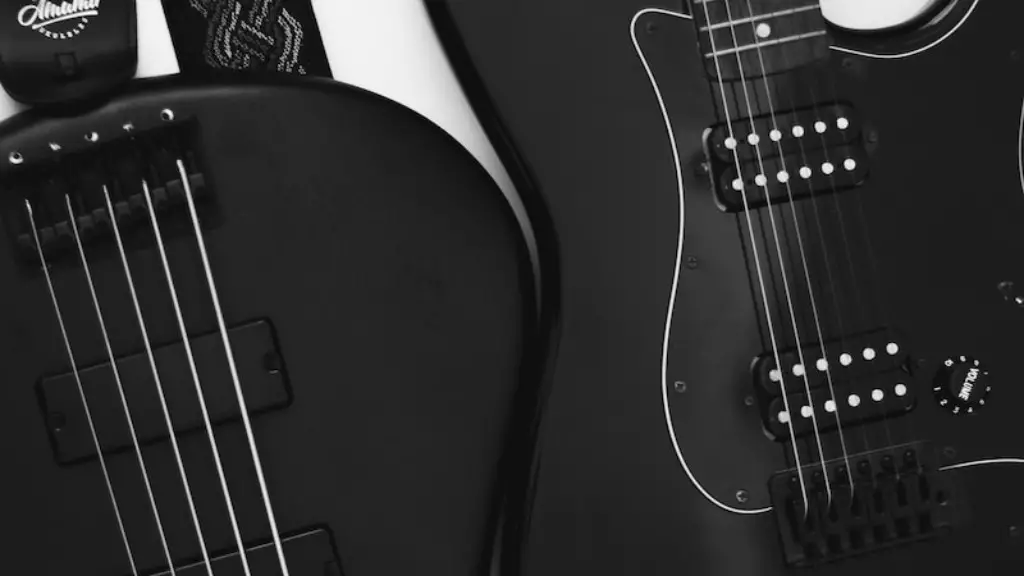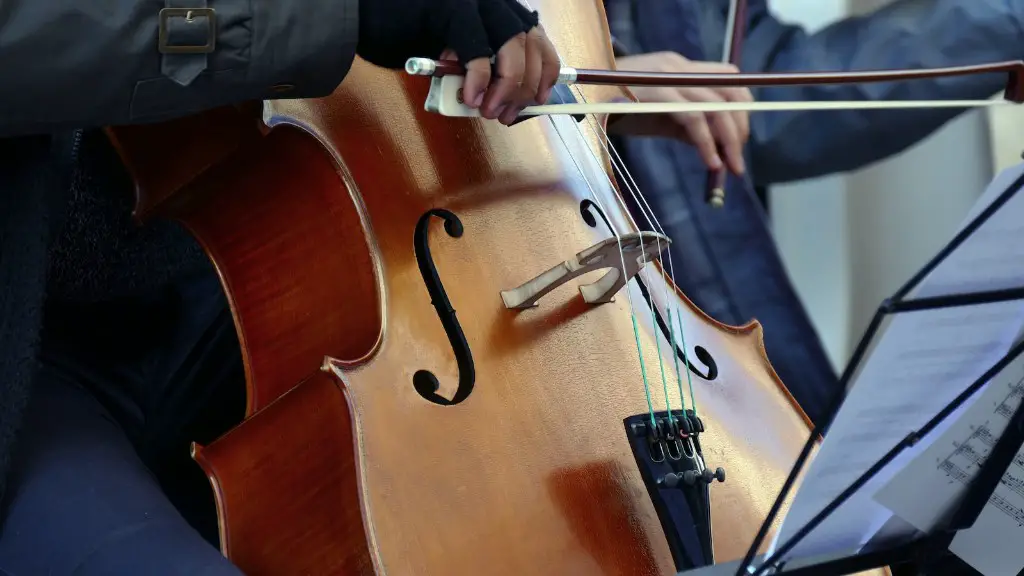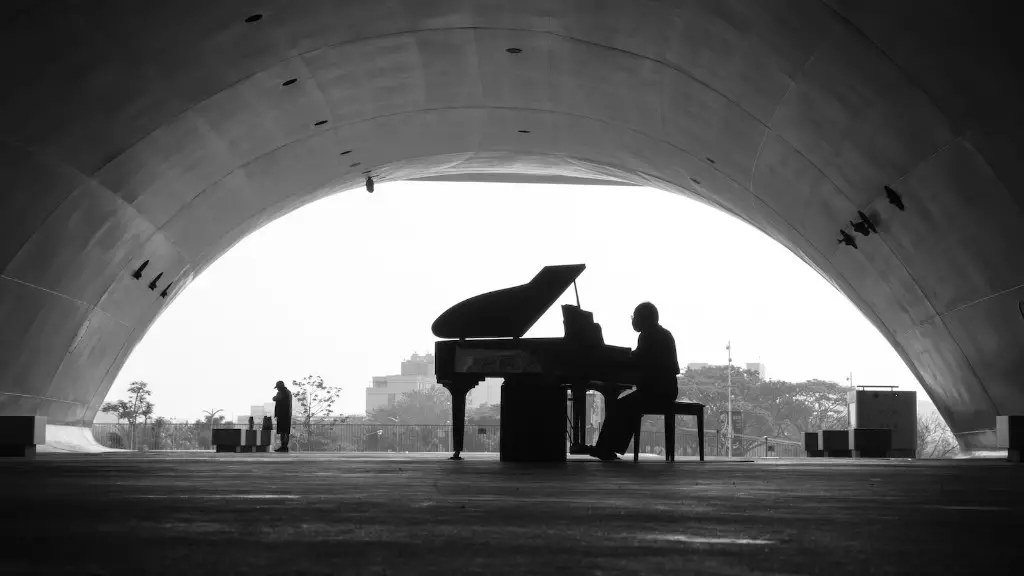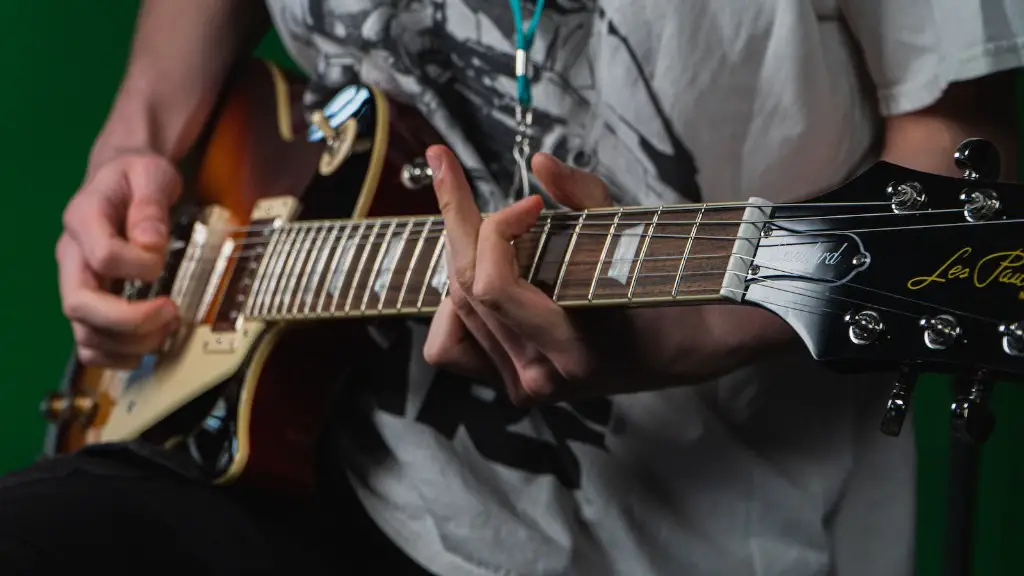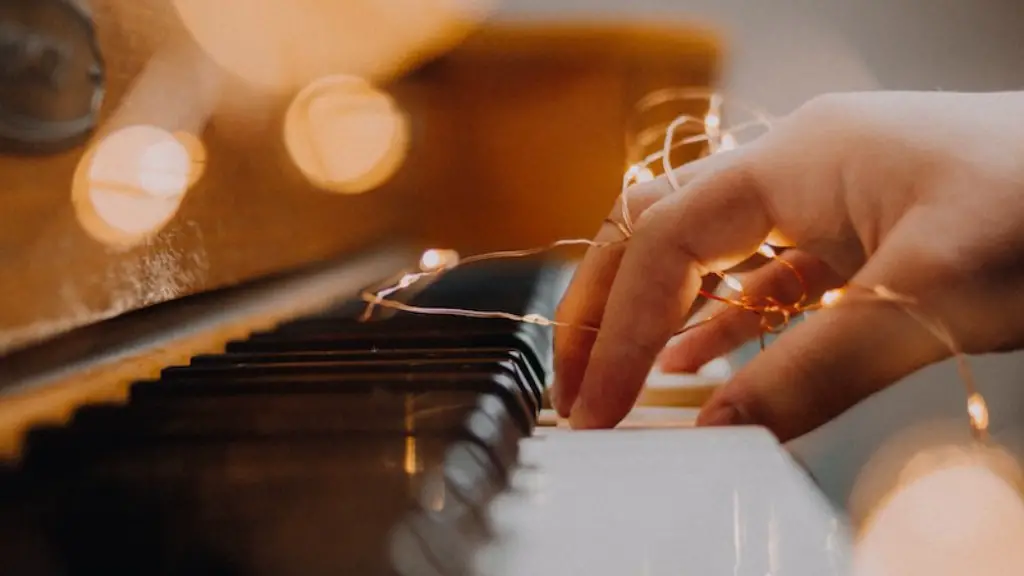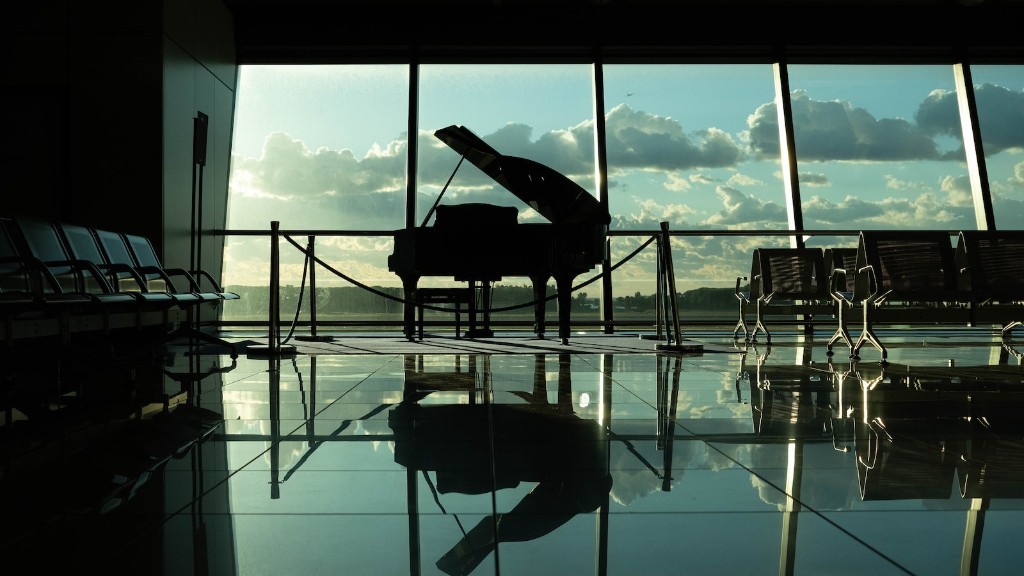The electric guitar is a powerful and versatile instrument that can be used to create a wide range of musical styles.
One common technique used by electric guitarists is the use of a capo. A capo is an accessory that is placed on the fretboard of an electric guitar and can be used to quickly and easily change the pitch of the instrument.
It can be used for a variety of purposes, such as creating unique sounds, changing up chord voicings, or even creating entire songs with different tunings. The use of a capo on an electric guitar can also add depth to your playing and create more interesting textures in your music.
The key to successful use of a capo on an electric guitar is practice and experimentation. There are no hard and fast rules when it comes to using a capo, so it’s important to explore different settings and find what works best for you.
With some practice, you’ll soon be able to utilize the capo as an integral part of your playing style!
Benefits of Using a Capo on Electric Guitars
A capo is a very useful tool for electric guitarists. It allows them to play notes and chords in different keys without having to retune their instrument. A capo can also add texture and variety to an electric guitar performance, since it changes the way notes sound. By using a capo, electric guitarists can make even mundane pieces of music sound more interesting.
Using a capo also makes it easier to play along with other instruments or singers by providing the correct pitch without having to retune the guitar. Capos are also great for creating different voicings of chords, as well as allowing access to higher frets that are normally out of reach due to the instrument’s scale length.
Finally, a capo can be used to create unique effects, for example by strumming open strings with your fretting hand while the capo is in place. This technique is often used in certain types of music, such as folk and blues, where it adds extra depth and character.
Using a Capo on an Electric Guitar
A capo is a device used to adjust the pitch of a stringed instrument like an electric guitar. It’s a great tool for guitarists who want to play in different keys without having to learn new chords or move their hands up and down the neck. To use a capo, simply place it on the desired fret and press it down firmly. This will raise the pitch of all the strings by one note for each fret higher than the one where you placed your capo. Using a capo can make it easier to play songs that are in different keys than what you are used to playing.
Do keep in mind that playing with a capo can change how your guitar sounds, so it’s important to experiment and find out what works best for you. Additionally, some chords may sound different when played with a capo, so be sure to practice them until they sound right. With practice and experimentation, you can easily learn how to use your capo on an electric guitar and expand your musical capabilities.
Using a Capo on an Electric Guitar
A capo is a device that attaches to the neck of a guitar and shortens the playable length of the strings, creating a higher pitch. While it is most commonly used on acoustic guitars, it can also be used on electric guitars as well. Capos are often used to play songs in different keys, to make chords easier to play, or simply to add texture and flavor to an existing arrangement.
Using a capo on an electric guitar can be beneficial in many ways. It allows you to easily change the key of a song without having to relearn it in another key or transpose the entire song. This makes playing with other musicians easier since everyone will be playing in the same key. Additionally, using a capo can help create interesting sounds and textures that might not be achievable when playing without one.
When using a capo on your electric guitar, it’s important to keep in mind that the sound may be slightly different from what you’re used to hearing when playing without one. To get the best sound out of your instrument, experiment with different fret positions and pick-up settings until you find what works best for you. Additionally, make sure your capo is snugly secured onto your guitar’s neck in order for it to work properly.
Overall, using a capo on an electric guitar can open up many creative possibilities and provide a great way to change up your sound while still being able to play familiar songs
Different Tunings with an Electric Guitar and Capo
Using a capo on an electric guitar can open up a world of new possibilities for tone and tuning. It’s a great way to experiment with different tunings without having to re-string the instrument. Playing in alternate tunings can bring out new sounds and textures in the music, add variety to a performance, or just make it easier to play certain chords or licks. To use a capo, simply attach it onto the fretboard at the desired fret and release the spring-loaded clamp to secure it in place.
By using a capo, you can easily transpose any chord or phrase up or down by however many frets you choose. For example, instead of playing an E5 chord shape at the 7th fret, you could move your capo up three frets and play an A5 chord shape at the 10th fret instead. This approach also works for barre chords, allowing you to move them up or down the fretboard with relative ease.
Using a capo also enables you to experiment with different tunings without having to re-string your guitar. For example, instead of tuning down a full-step (Eb Ab Db Gb Bb Eb), you can just place your capo at the first fret and play as if it were tuned normally (E A D G B E). This is especially useful if you’re playing songs in drop D tuning (D A D
Practical Uses of a Capo with an Electric Guitar
Using a capo on an electric guitar allows you to play in different keys without changing your fingerings. This can be useful for songwriters who want to be able to quickly transpose their songs into different keys, or for guitarists who want to explore alternate tunings. It can also make it easier to play along with recordings in different keys. A capo can also be used to add tension and create interesting chord voicings on the electric guitar. This can give your playing added depth and texture, allowing you to craft unique sonic textures that will make your solos stand out.
By adjusting the capo up or down the fretboard, you can also create unique voicings for power chords, as well as create interesting suspended chord shapes. Using a capo can add extra tension and interest to your chord progressions, making it easier to write new tunes or even just breathe some fresh life into classic songs. Overall, using a capo with an electric guitar is a great way to create new sounds and explore alternate tunings.
Essential Tips for Using a Capo with an Electric Guitar
Using a capo with an electric guitar can open up many possibilities for experimentation. A capo is a device that clamps onto the fretboard of your guitar and effectively raises the pitch of all the strings by one half-step. It can be used to play in different keys and to create unique sounding chords. Here are some essential tips to help you get started with using a capo on your electric guitar:
First, make sure you place the capo on the correct fret. This will ensure that you get the desired pitch change when playing. You can also use it to create interesting chord shapes by placing it on higher frets.
Next, use lighter gauge strings if possible when using a capo as they will offer more flexibility in chord voicings. Heavier gauge strings may be too stiff to sound clean and clear when using a capo.
Finally, experiment with different fingerings when playing chords with a capo. You’ll find that by changing your finger placement, you can get different sounds and textures out of your guitar. Try out some new voicings and enjoy the unique sounds you can create!
The End
In conclusion, the use of a capo on an electric guitar is completely up to individual preference. While the capo may sound good in certain situations, it is not necessary to use one on an electric guitar. Ultimately, it comes down to the individual player’s musical style and taste. It is important to experiment with different techniques and sounds in order to create unique and interesting musical pieces.
